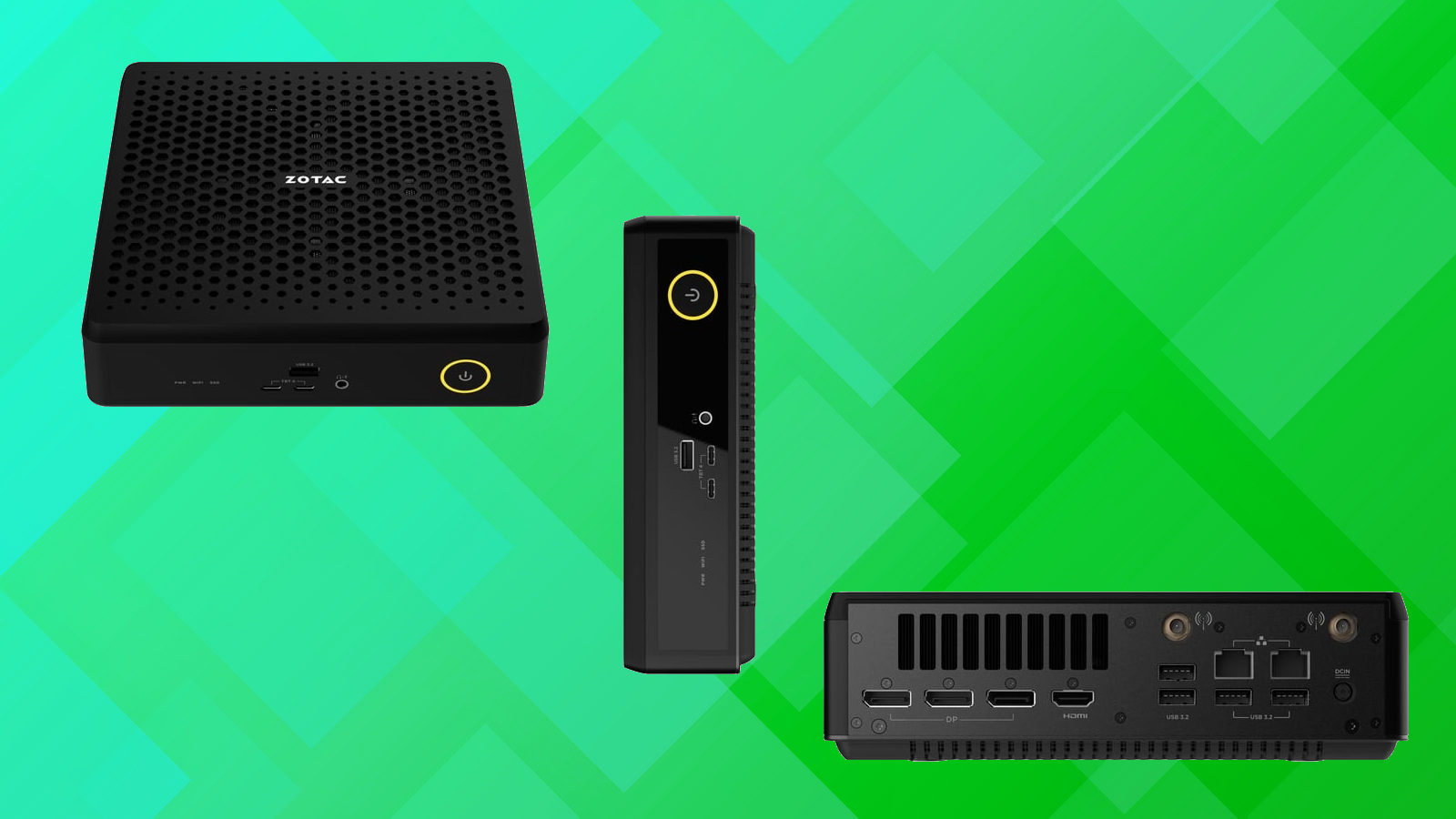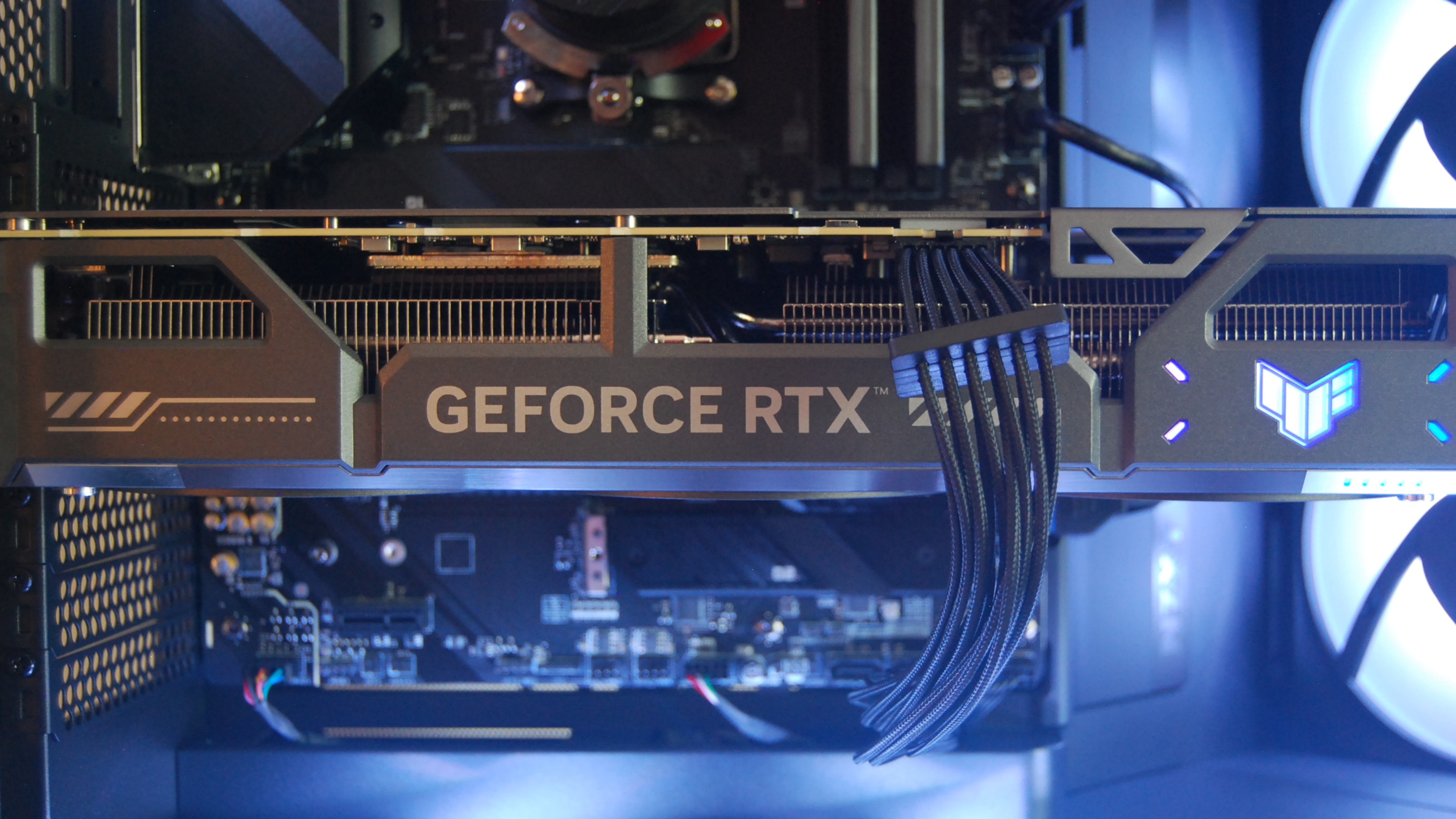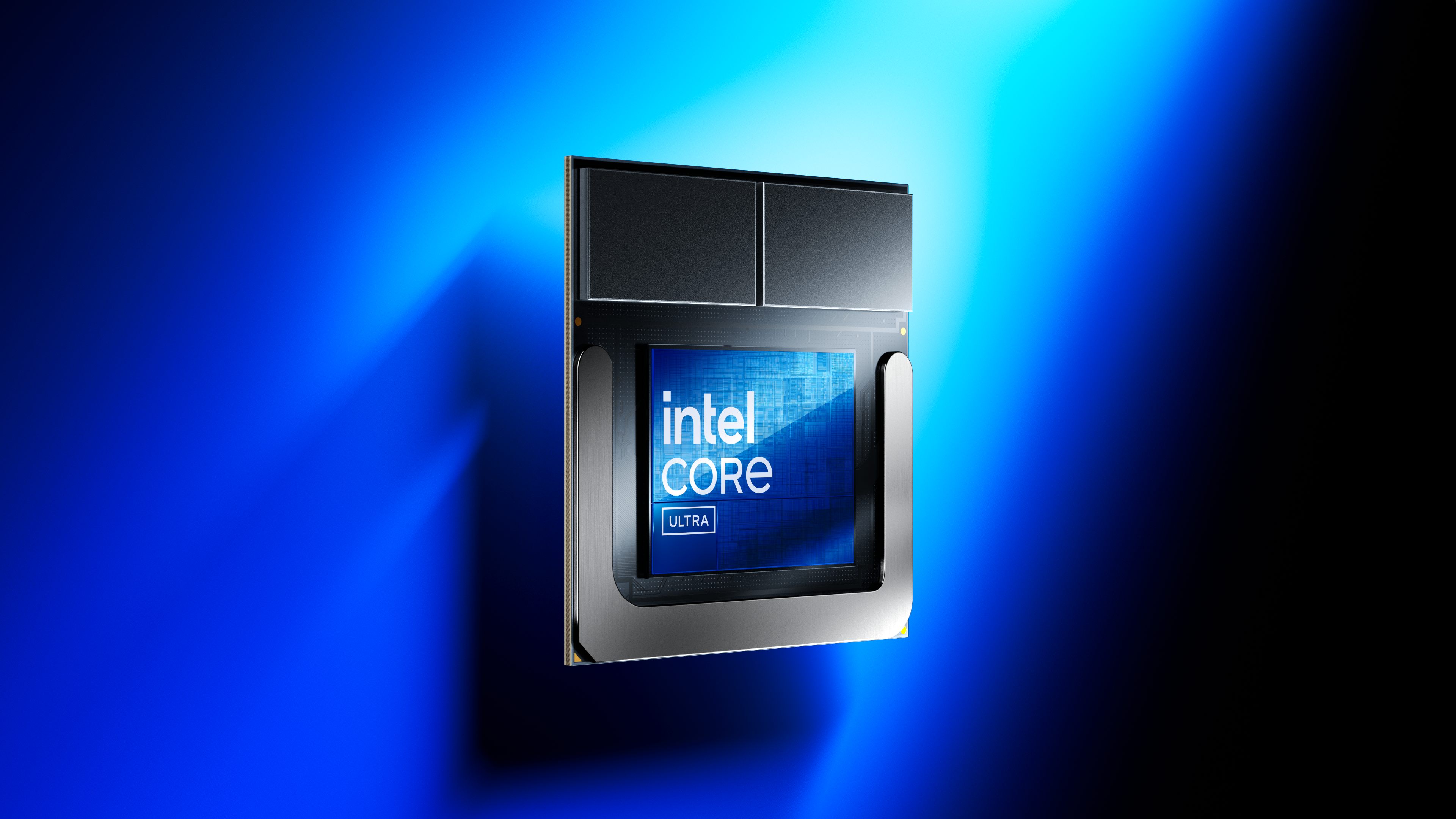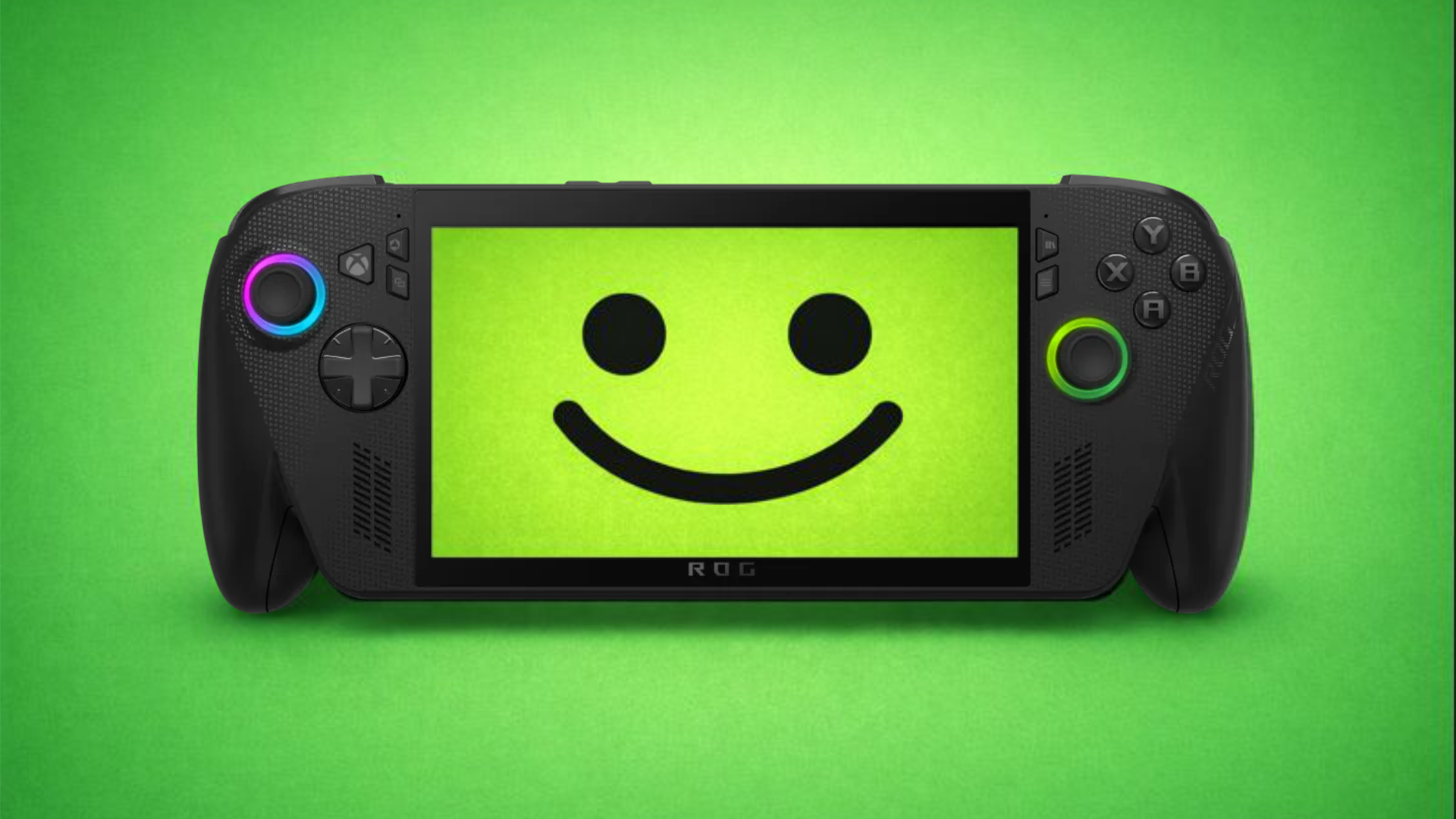
It's no secret that mini PCs have exploded in popularity in recent years. They can be used for a wide range of purposes, they take up hardly any space on a desk, and they're generally priced competitively, allowing you to get your hands on powerful computing for less.
At least, that's the idea with most mini PCs. ZOTAC's new MAGNUS EN275060TC doesn't yet have a set price, but it will almost certainly cost more than many of what we consider to be the best mini PCs on the market today.
That's all because of its desktop-class RTX 5060 Ti graphics card. It isn't the first mini PC to feature a discrete GPU, but it is one of the few options that offer the full desktop version.
That might not be a notable achievement on its own; it's the new mini PC's size that really drew my attention. The case measures just 8.27 x 7.99 x 2.45 inches with an overall 2.65-liter capacity, with all components stuffed inside.
Considering ZOTAC's Twin Edge RTX 5060 Ti standalone desktop GPU measures 8.7 x 4.7 x 1.6 inches, the company evidently took the NVIDIA GB206 processor and designed a completely new cooling system to fit inside the cramped internals.
NVIDIA's RTX 5060 Ti is one of the company's latest graphics cards, which means it comes with all of the latest Blackwell improvements to ray tracing, AI workloads, and upscaling.
DLSS 4 and its Multi Frame Generation tech — exclusive to RTX 5000 GPUs — won me over earlier this year after I tested it extensively on an RTX 5070 Ti. The way it can boost framerates without loss of fidelity is just short of magic.
All the latest news, reviews, and guides for Windows and Xbox diehards.
What other hardware comes in the ZOTAC MAGNUS EN275060TC?
ZOTAC's MAGNUS EN275060TC has a desktop-class GPU, but the rest of the hardware is much more tuned toward a mobile package.
It's centered around an Intel Core Ultra 7 255HX laptop processor with 20 total cores (split between 8 Performance and 12 Efficient), a Turbo frequency up to 5.2GHz, and a Neural Processing Unit (NPU) capable of 13 TOPS.
ZOTAC offers up to 96GB of DDR5-6400 SODIMM RAM, the same used in gaming laptops. It's replaceable after purchase, as are the dual M.2 PCIe 4.0 NVMe SSDs.
Port selection looks to be quite generous, with three DisplayPort outputs, one HDMI, dual Thunderbolt 4, five USB-A 3.2 (Gen 2), a UHS-II SD card reader, and dual 2.5GbE connections for wired internet.
Wireless internet is also at the cutting edge thanks to Wi-Fi 7 support, which comes bundled with modern Bluetooth 5.4. In typical mini PC fashion, the new MAGNUS has pre-drilled holes ready for mounting.
Why is a desktop GPU better than a laptop GPU?

Why is having a desktop-class GPU important? It's a common misconception that laptop and desktop graphics cards are the same thing. They do, after all, share the same name. Or at least, that's what it looks like at first glance.
NVIDIA doesn't offer a laptop version of the RTX 5060 Ti, so I can't draw a direct comparison. But I can show how the desktop and mobile versions of NVIDIA's GPUs differ using the RTX 5060.
The desktop version uses a GB206 processor, and it has 3,840 CUDA cores, 8GB of GDDR7 VRAM, a 128-bit memory bus, and a Total Graphics Power (TGP) rating of 150W.
The laptop version of the RTX 5060 uses the same GB206 processor (not always the case, especially with NVIDIA's more powerful laptop cards), but it drops the CUDA core count to 3,328 and the TGP to somewhere between 45W and 100W, depending on the laptop.
Clock speeds are also wildly different. The desktop version hits somewhere around a 2,500MHz boost clock, whereas the laptop version tops out at about 1,000MHz less.
Altogether, you can expect somewhere around 15-20% better performance from the desktop-class card, which is no small amount.
ZOTAC's new mini PC is "coming soon"
While ZOTAC has yet to attach a firm release date and price to its new MAGNUS mini PC for US buyers, I spotted it at LASystems.be with a listing price of €1,704.09. Translated directly to USD, that's about $1,978.
Considering that the price is for a barebones kit, lacking RAM and storage, ZOTAC might have a hard time reaching mass appeal when so many great gaming laptops and great gaming handhelds can offer a stellar gaming experience at a cheaper price.
(via Videocardz)
FAQ
What is the Zotac Magnus Mini PC?
It’s a compact desktop computer designed to deliver high‑end gaming and creative performance in a small form factor.
What GPU does it use?
The Magnus is equipped with an NVIDIA RTX 5060 Ti, offering ray tracing, DLSS, and next‑gen gaming capabilities.
Who is this PC for?
It’s aimed at gamers, content creators, and professionals who want strong performance without the bulk of a traditional tower.
How does it compare to a full‑sized desktop?
While smaller, it still delivers desktop‑class performance, though with some trade‑offs in cooling and upgrade flexibility
Why choose a mini PC over a laptop?
Mini PCs like the Magnus offer better thermals, more consistent performance, and easier peripheral connectivity than most gaming laptops, while still being compact.

Follow Windows Central on Google News to keep our latest news, insights, and features at the top of your feeds!

Cale Hunt brings to Windows Central more than nine years of experience writing about laptops, PCs, accessories, games, and beyond. If it runs Windows or in some way complements the hardware, there’s a good chance he knows about it, has written about it, or is already busy testing it.
You must confirm your public display name before commenting
Please logout and then login again, you will then be prompted to enter your display name.

